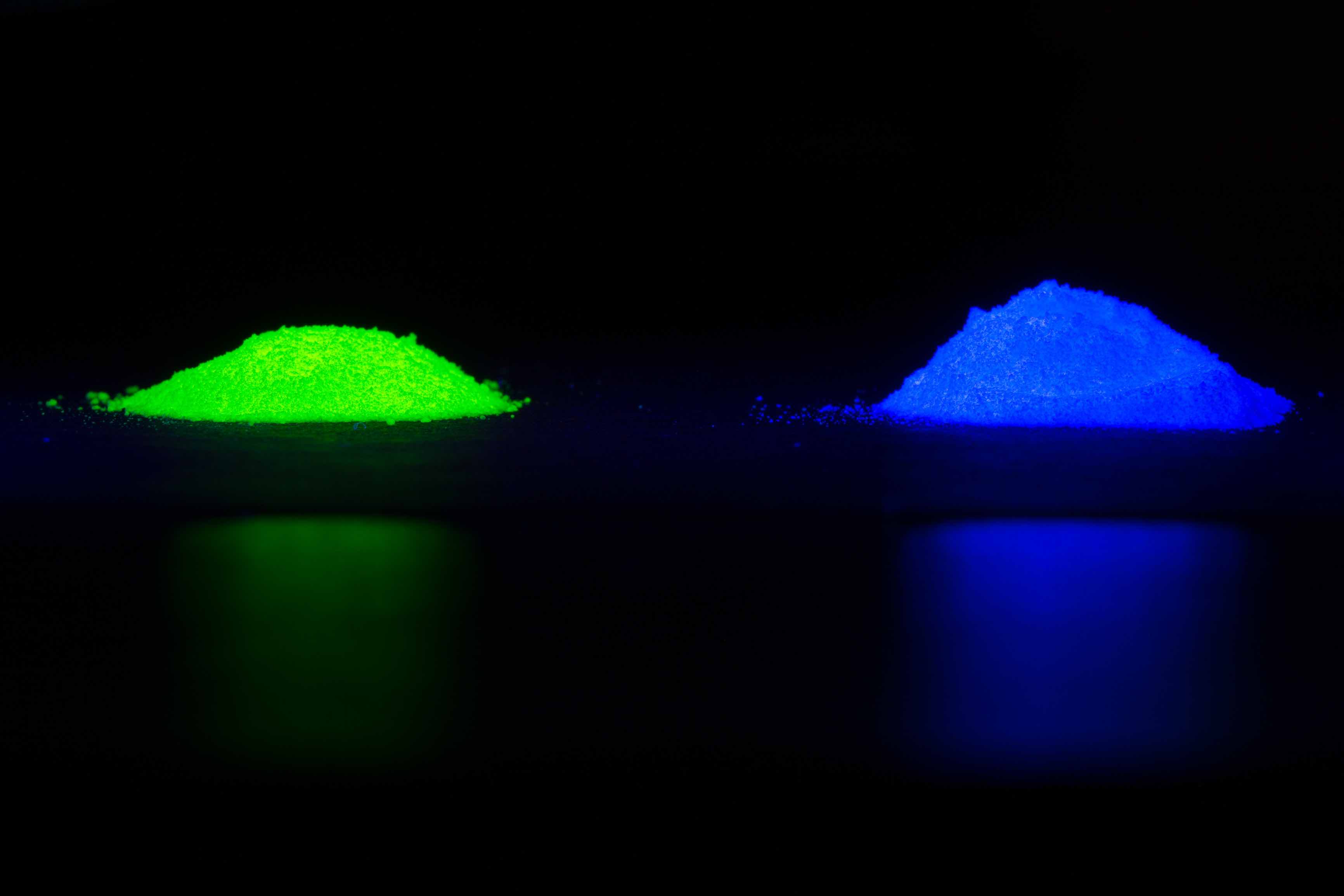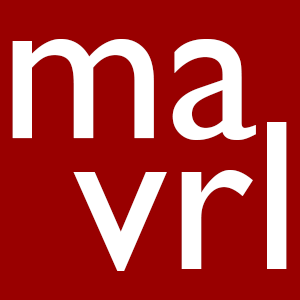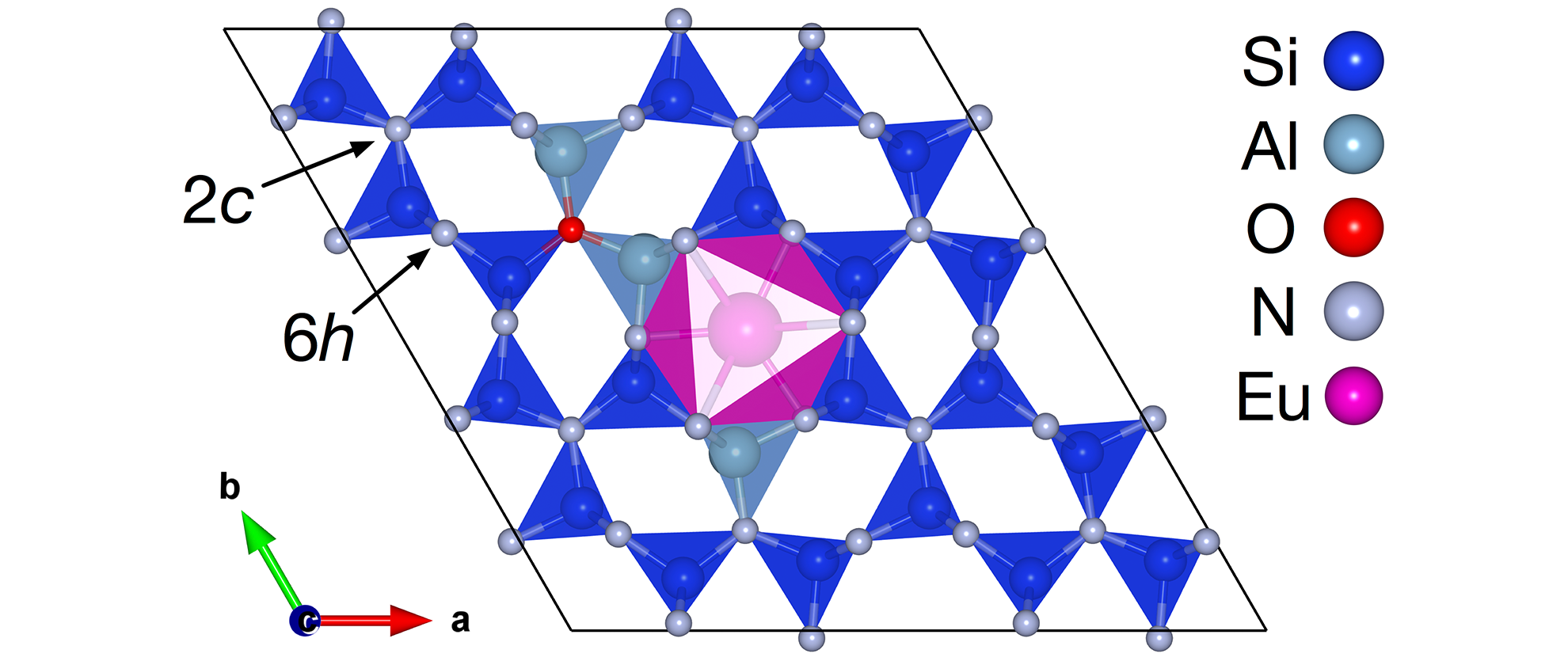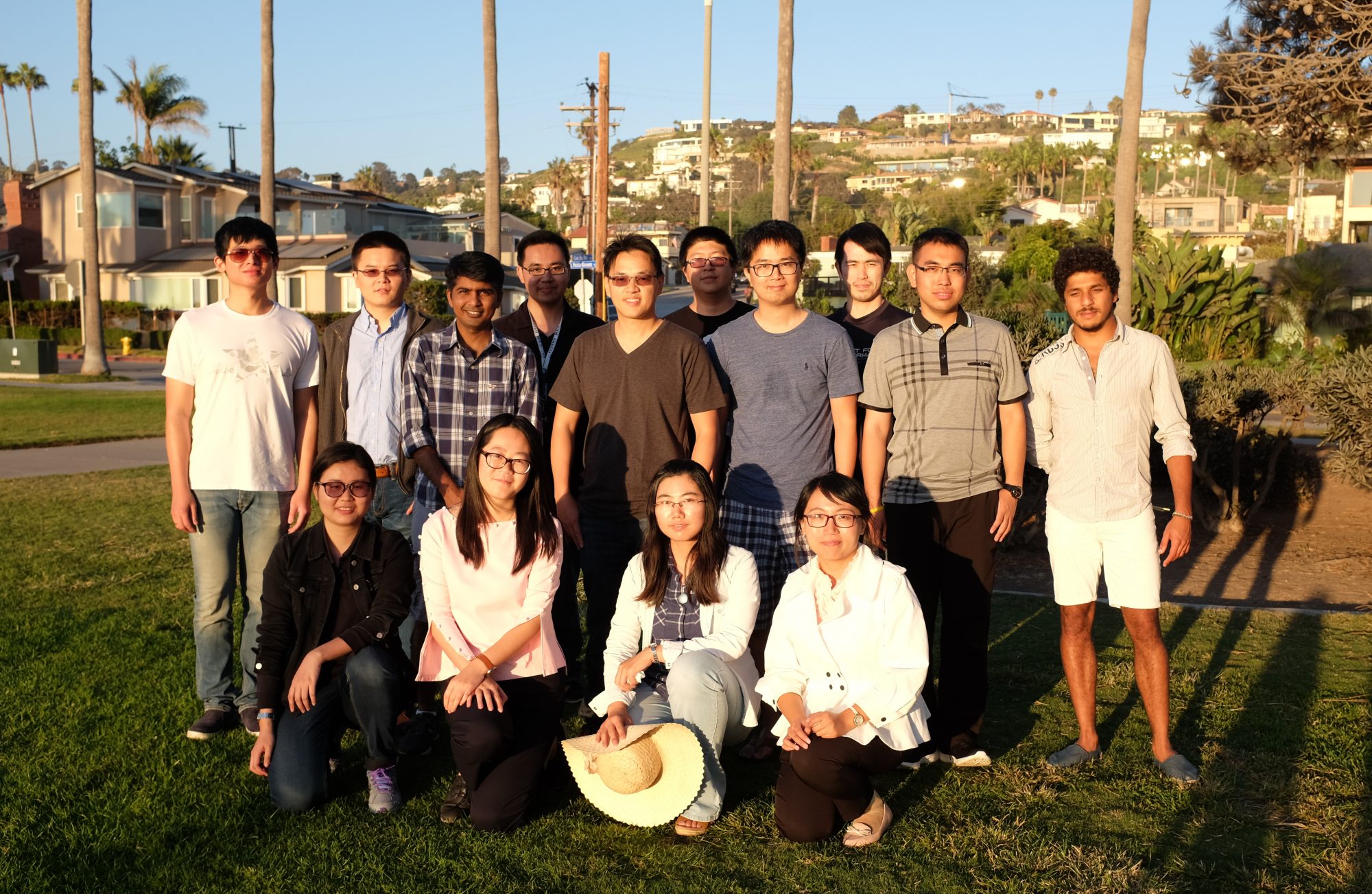Editor for Computational Materials Science
Professor Ong has been appointed to the Editorial Board of Computational Materials Science. The goal of Computational Materials Science is to report on results that provide new insights into, or significantly expand our understanding of, the properties of materials or phenomena associated with their design, synthesis, processing, characterization, and utilization. All aspects of modern materials modeling are of interest, including quantum chemical methods, density functional theory (DFT), semi-empirical and classical approaches, statistical mechanics, atomic-scale simulations, mesoscale modeling, and phase-field techniques.












You must be logged in to post a comment.